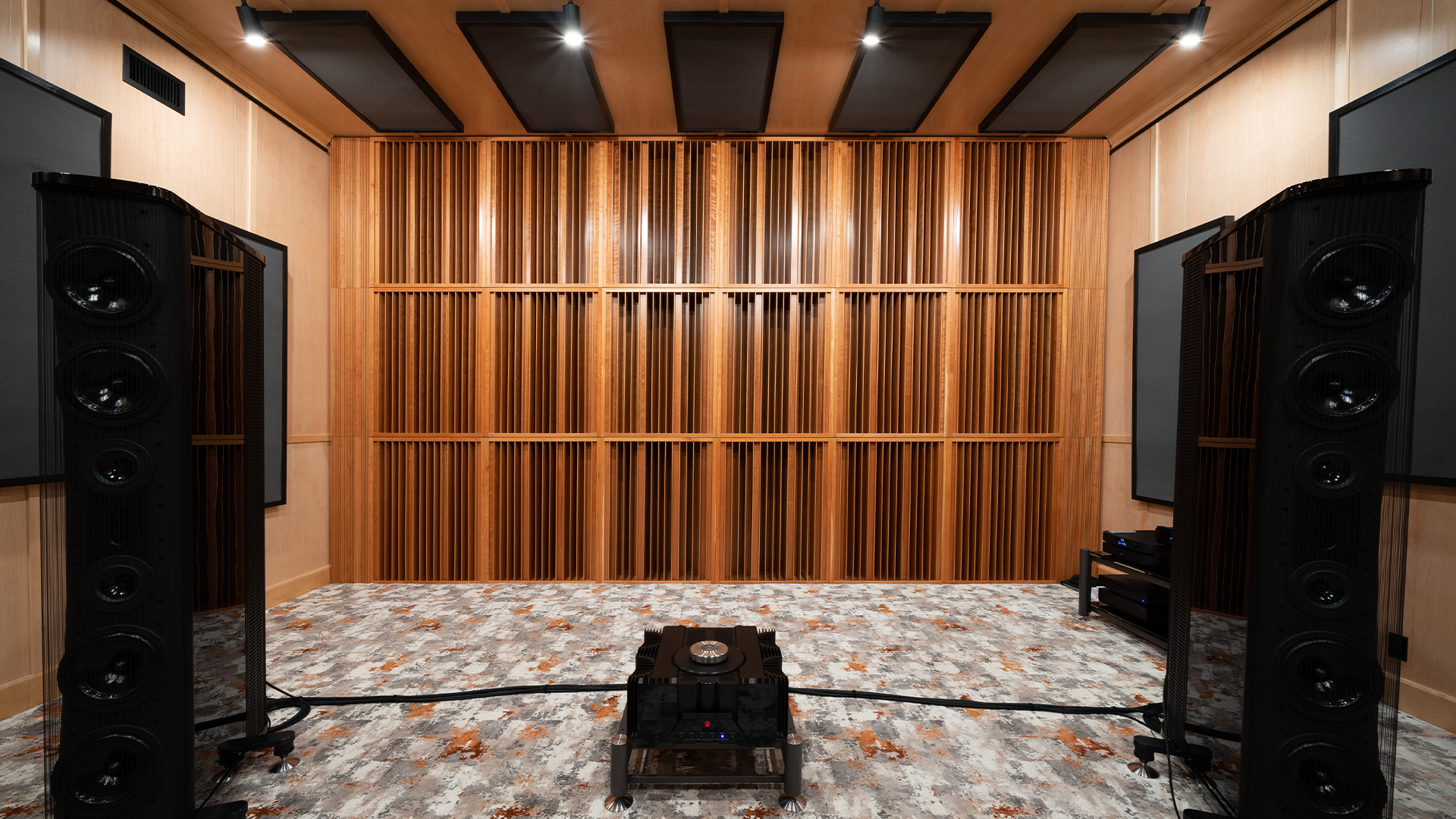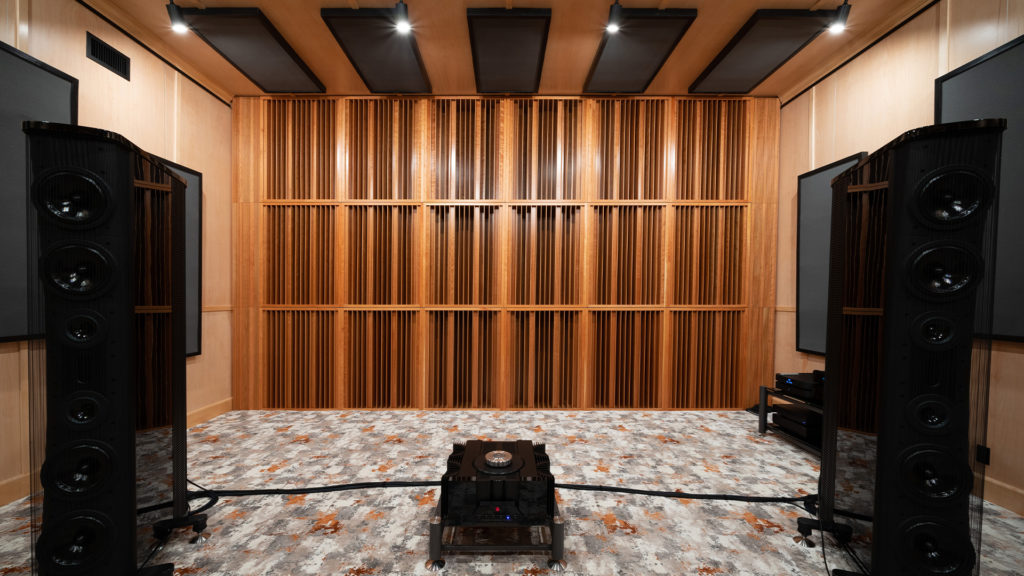
Acoustical wall covering has numerous meanings. There are two types of acoustical wall coverings that we can use to manage room energy. We can use absorption or diffusion. There are only two types. When we use the term acoustic wall covering we must define and consider many alternatives. Are we trying to make the room sound larger? Are we trying to minimize the reflections from the wall surfaces? Are we trying to reduce the low frequency pressures within the room? We must look at the room size and volume along with the room’s usage.
Every room usage requires a certain type and amount of acoustical wall coverings. You must develop a room strategy and design the appropriate steps to achieve your usage goals. If you are recording instruments within your room, you will require one set of acoustical wall coverings. If you are recording vocals within your room, you will need another set of treatments. All of these issues must be designed and planned for properly. Most people in these projects do not plan to fail, they fail to plan.
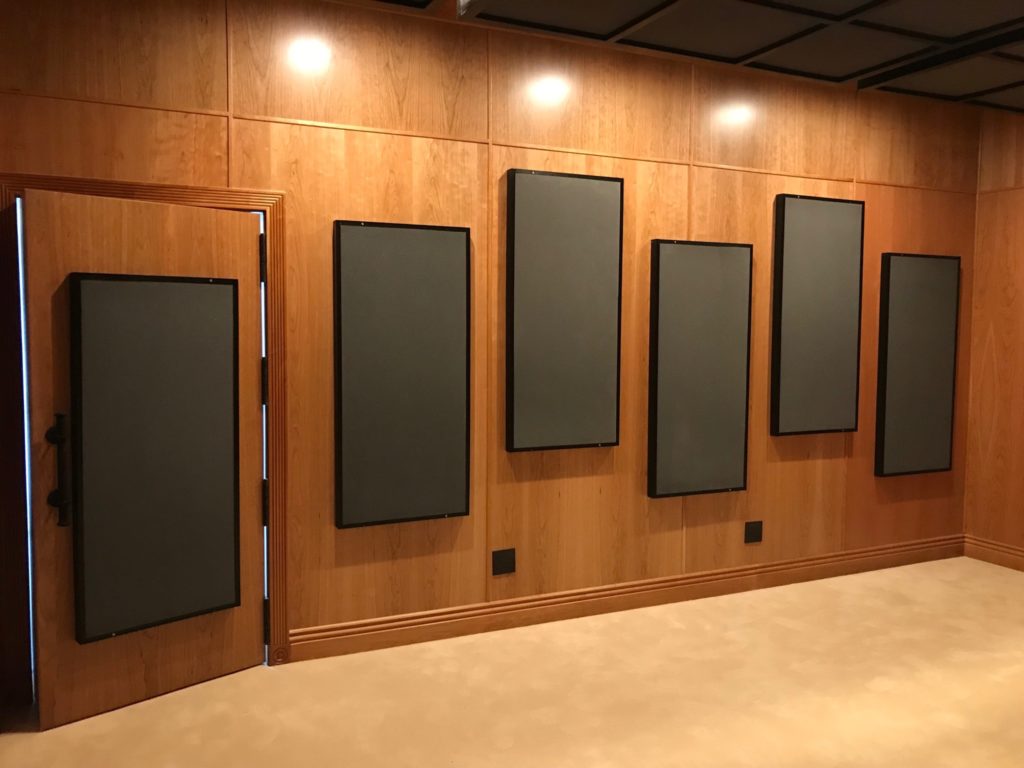
Full Range Energy
Let ‘s use a live room as an example. In a live recording room instruments and voice are the sound sources. Instruments produce full range energy. Full range energy is the most difficult to manage since it contains all low, middle, and high frequencies. Lower frequency energy which people term bass is the most difficult of all energies to manage. The low frequency energy below 100 hz. can be 20′ – 40’ in wavelength. If your room dimensions are not favourable to these wavelengths, you will produce distortions within the room.
Room Modes = Unwanted Pressure
Room modes can exaggerate some frequencies and completely eliminate others. Room modes are unwanted pressure build up due to the room usage and dimensions. The goal in any acoustic wall coverings is to do no harm. With any acoustical wall covering, you must match the treatment type to the room usage and size.
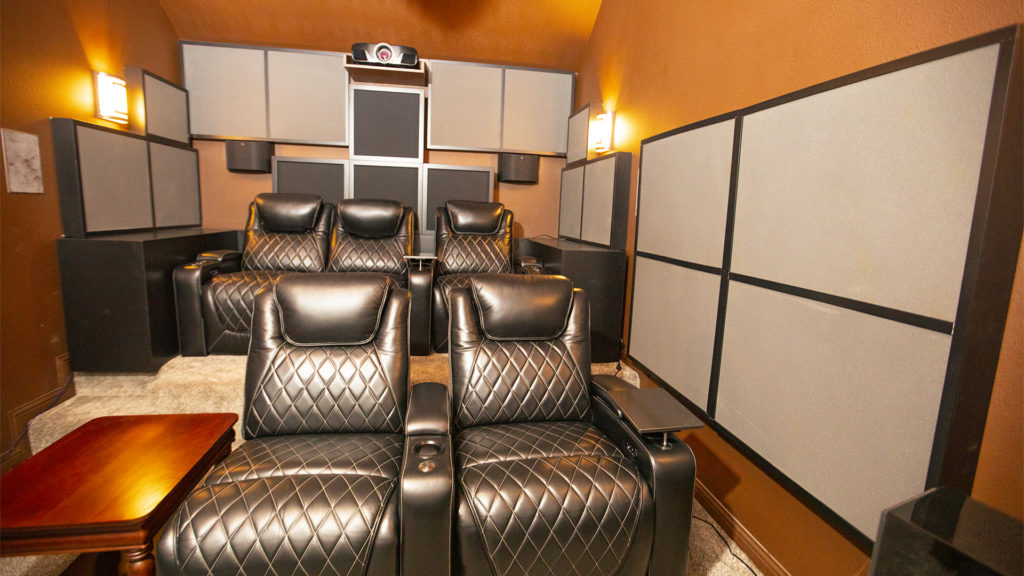
Integrated or Freestanding Units?
With low frequency management, you have two options. If it is a new build, you can build the low frequency management within the walls. This is the best option with low frequency since you can manage with enough square footage of coverage and control the amount of absorption technology you use on each wall location. Each wall has a different frequency and amplitude issue. You must treat each frequency and its associated strength at each wall location. No two walls are the same in strength and in some cases frequency.
When you build the low frequency management into the walls, you can tune the room to achieve maximum surface area coverages. At Acoustic Fields, we have our CAW system using our carbon technology. With this process, you turn the room into a low frequency absorber. It also will allow you more room within your chosen space. If you do not build low frequency management into the walls, you must use a series of freestanding units within the room to absorb excess low frequency energy to match your usages.
Read more about our ACDA diaphragmatic absorber here.
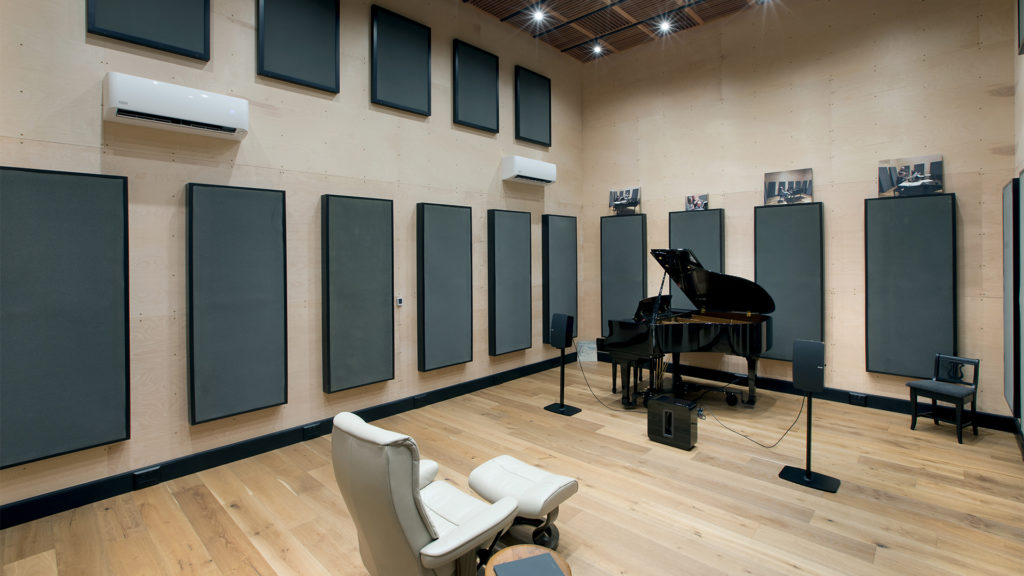
Proper Room, Size & Volume
The most important variable in any acoustical situation is room size and volume. Most people try to do too much in too small of a space. They put too much energy within their room and the room can not handle the energy. This is true especially with low frequency energy. We see people everyday place drums in a closet and wonder why they don’t sound like drums. Drums are a full range energy source. They produce energy from 40 hz. – 8,000 hz. A 40′ hz wave from the kick drum is 30′ long.
How can that wavelength fit into a closet? The answer is that it can not. When the energy does not fit into the room size and volume it produces distortions that are audible and must be treated. Unfortunately with low frequency pressure issues, there is no acoustical wall covering that will work. Low frequency management technology is heavy and must sit on the floor and cover 60 – 70% of the room wall surfaces.
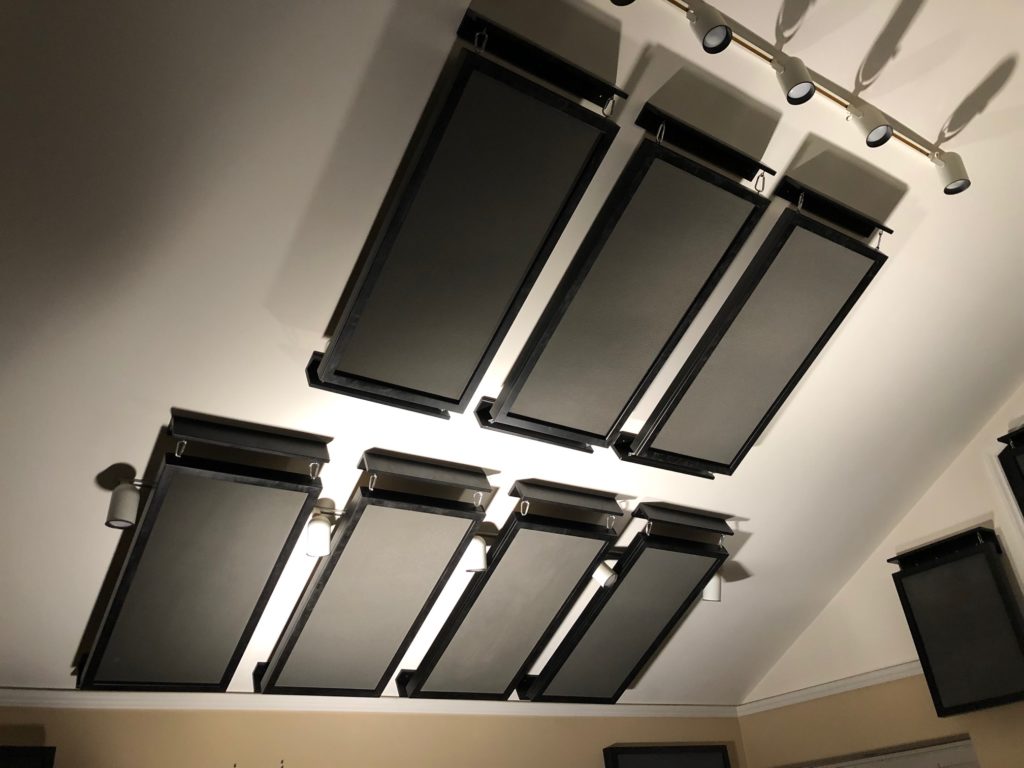
Reverberation
The proper way to treat any room that will be used for music and voice is to quantify and qualify the issues within the room. We must first choose a room size that will not add to the existing issues which will be produced by our usage. With any room where you are concerned with room resolution, you must plan your room size, usage, and treatment. This is part of a design process. With any room usage you must know the extent of your low frequency issues along with middle and high frequency reflections.
Middle and high frequency reflections from our walls, floor, and ceiling produce reverberation. Reverberation is defined as how long a sound stays around within the room after it has been sung, spoken, or played. Large amounts of reflections confuse speech and music presentation values. As with lower frequency management, you must cover enough surface area within the room with the proper rate and level of absorption technologies to match the room usage.


